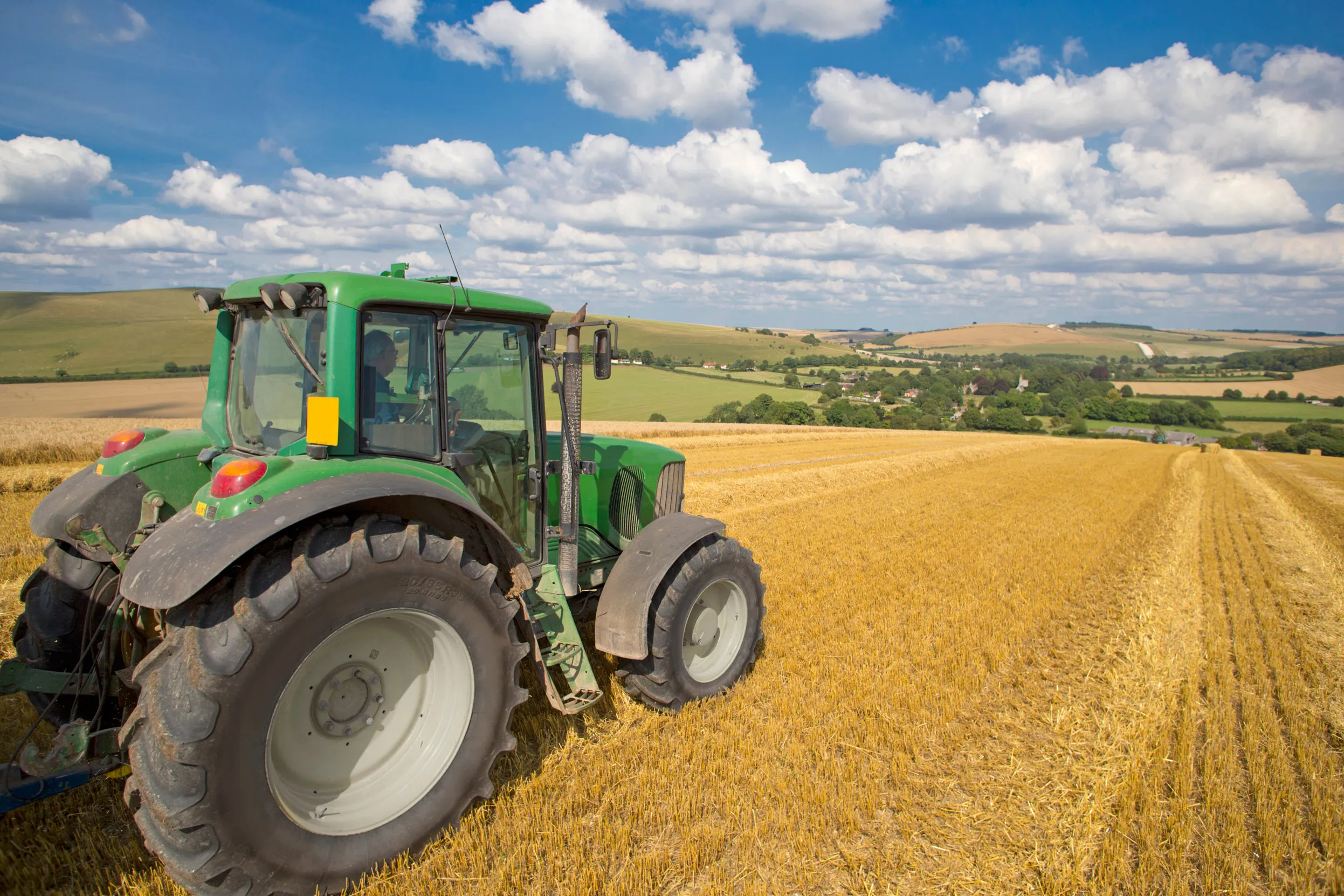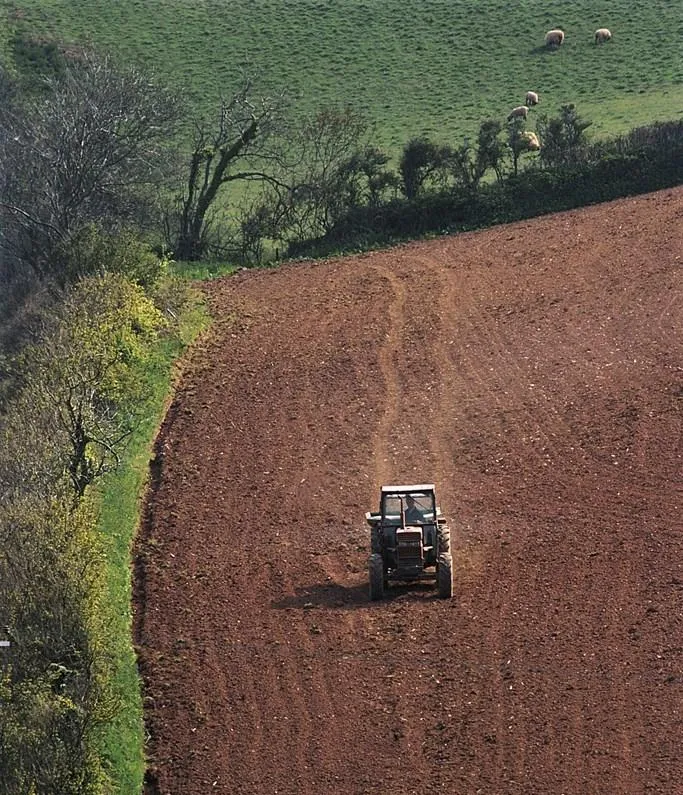Fertilisers and farming
Reducing our reliance on man-made (or inorganic) fertilisers would bring benefits for farming and the world beyond.

On this page
Like most plants, crops need nutrients from the soil to grow properly. Unlike natural habitats, humans harvest food from farmland without the nutrients being naturally recycled. Over time, these nutrients become depleted and many farmers use man-made fertilisers to top them up. Over-using fertilisers can cause big problems for the environment.
What are fertilisers?
A simple way to think about man-made fertilisers is that they are products which feed plants, in contrast to manures and composts, which recycle farming byproducts to feed the soil. There are many different sorts of fertilisers, but two of the most commonly used are inorganic nitrogen and phosphorous.
Inorganic nitrogen is made through an energy-intensive chemical process that uses natural gas. Natural gas is, of course, a fossil fuel and has a carbon impact. Organic fertilisers come from plants or animal by-products. Organic farming tends to avoid the use of inorganic fertilisers and concentrates on improving the soil and other more traditional methods of growing crops. However, there is still a heavy reliance on inorganic fertilisers, with one estimate being that almost half of the global population are fed as a result of inorganic nitrogen fertiliser.
Widespread pollution
The main problem with fertilisers is the sheer quantity being used. In Europe, for example, around 11 million tonnes of nitrogen fertiliser is added to fields each year. Around half of the nitrogen from these fertilisers, and from the additional manures that are used, leaches into the surrounding environment.
On land, that can cause problems for wild plants which are adapted for poorer soils, but in water, it can lead to toxic algal blooms and have a disastrous impact on marine and freshwater wildlife. In fact, nitrate pollution is recognised as being one of the five greatest threats to global biodiversity.
Nitrogen pollution also has an impact on human health, with the fallout estimated to cost each person in Europe up to £650 every year.
Modern farming is also dependent on phosphorous made from phosphate rock, which is a non-renewable resource that will start to run out in the next few decades. Processing the rock produces carbon emissions, radioactive by-products and heavy metal pollutants. Its over-use can also cause similar problems to nitrogen in the environment.

The grass isn't always greener
Fertilisers aren’t just used on crops that people eat, they’re also used on grass that feeds livestock. Grassland on dairy farms is particularly intensively managed, receiving twice the rate of inorganic fertilisers used on an average beef cattle or sheep farm. The use of phosphate fertilisers is also much higher on farms that raise livestock.
Large numbers of animals kept in small areas can also cause problems with their dung and urine. When managed properly, these by-products can be useful fertilisers, but too much in one place can result in excess nutrients leaching into the environment.
Sustainable solutions
To make farming more sustainable, we need to start reducing our reliance on inorganic fertilisers and embrace organic fertilisers more widely.
On organic farms and farms practising agroecological techniques (e.g. Fair to Nature), nutrients are added to the soil via methods that have often been used for hundreds of years, such as crop rotation, manure and composts, and ‘green manures’, which are plants grown specifically for benefiting the soil.
Not only do these measures remove the need for inorganic fertilisers, they also play an important role in building and maintaining the soil structure. This helps plants to grow, but can also reduce erosion, and have an impact on how the soil holds water.
Find out more about our work to support nature-friendly farming here